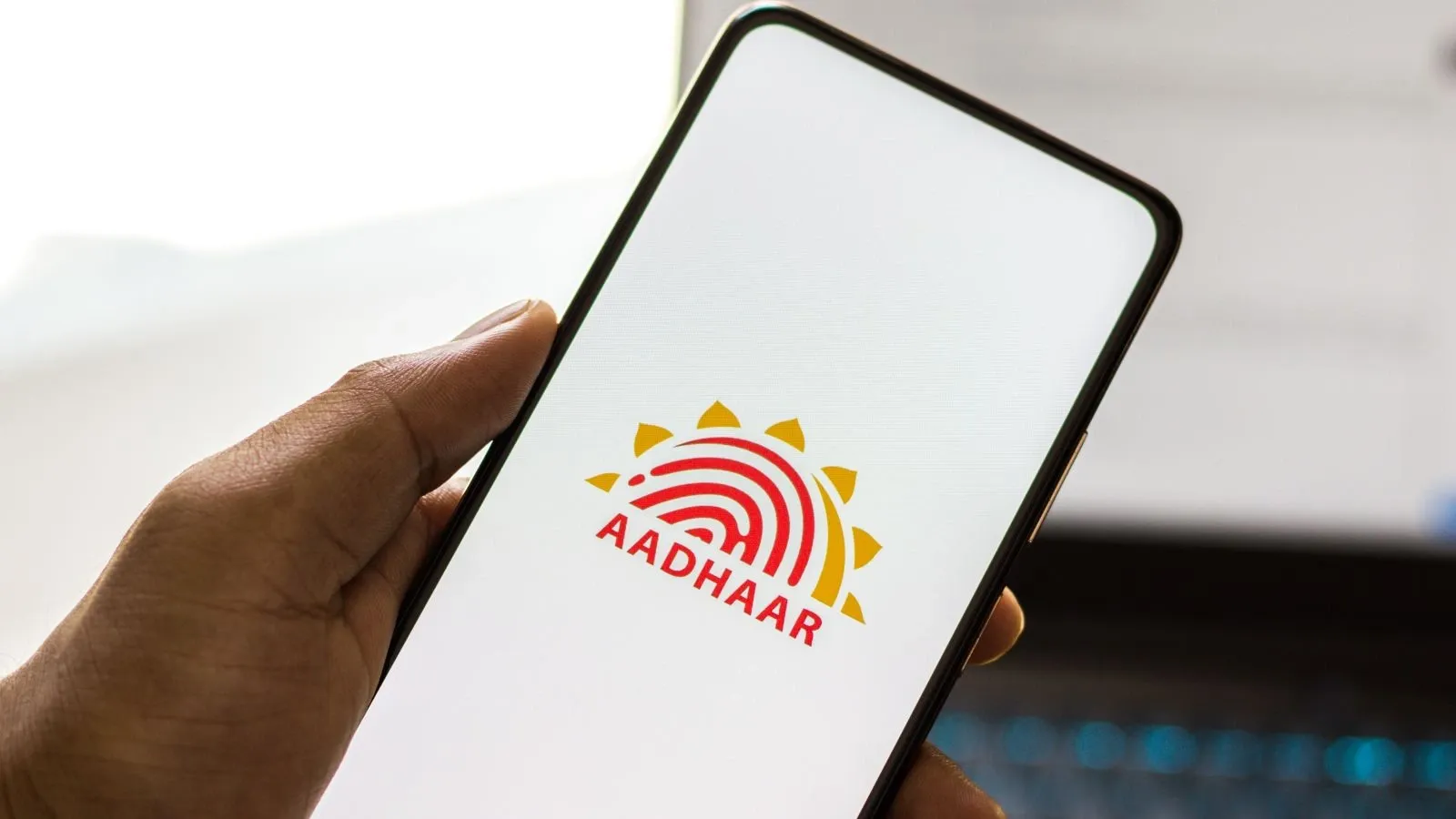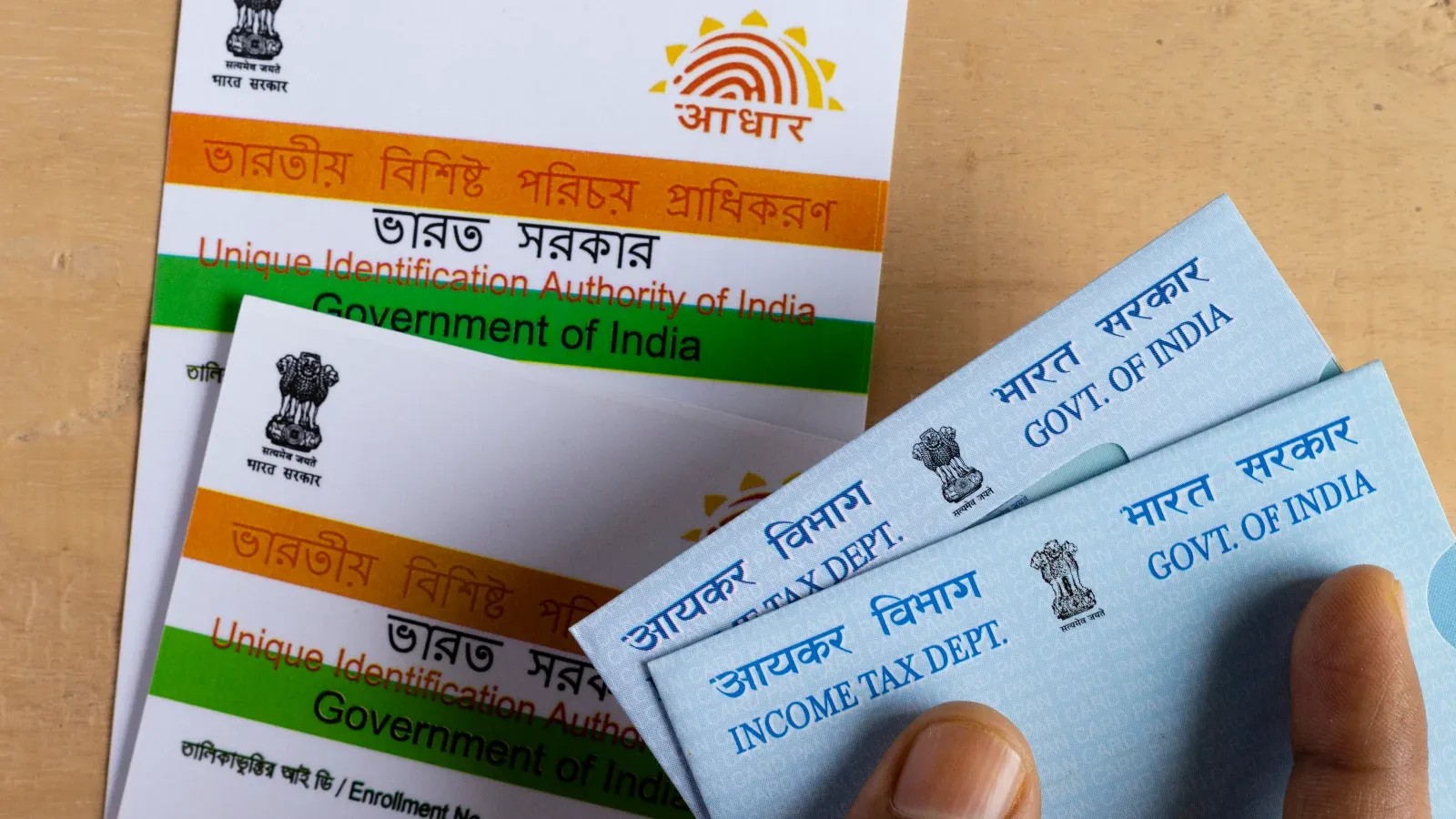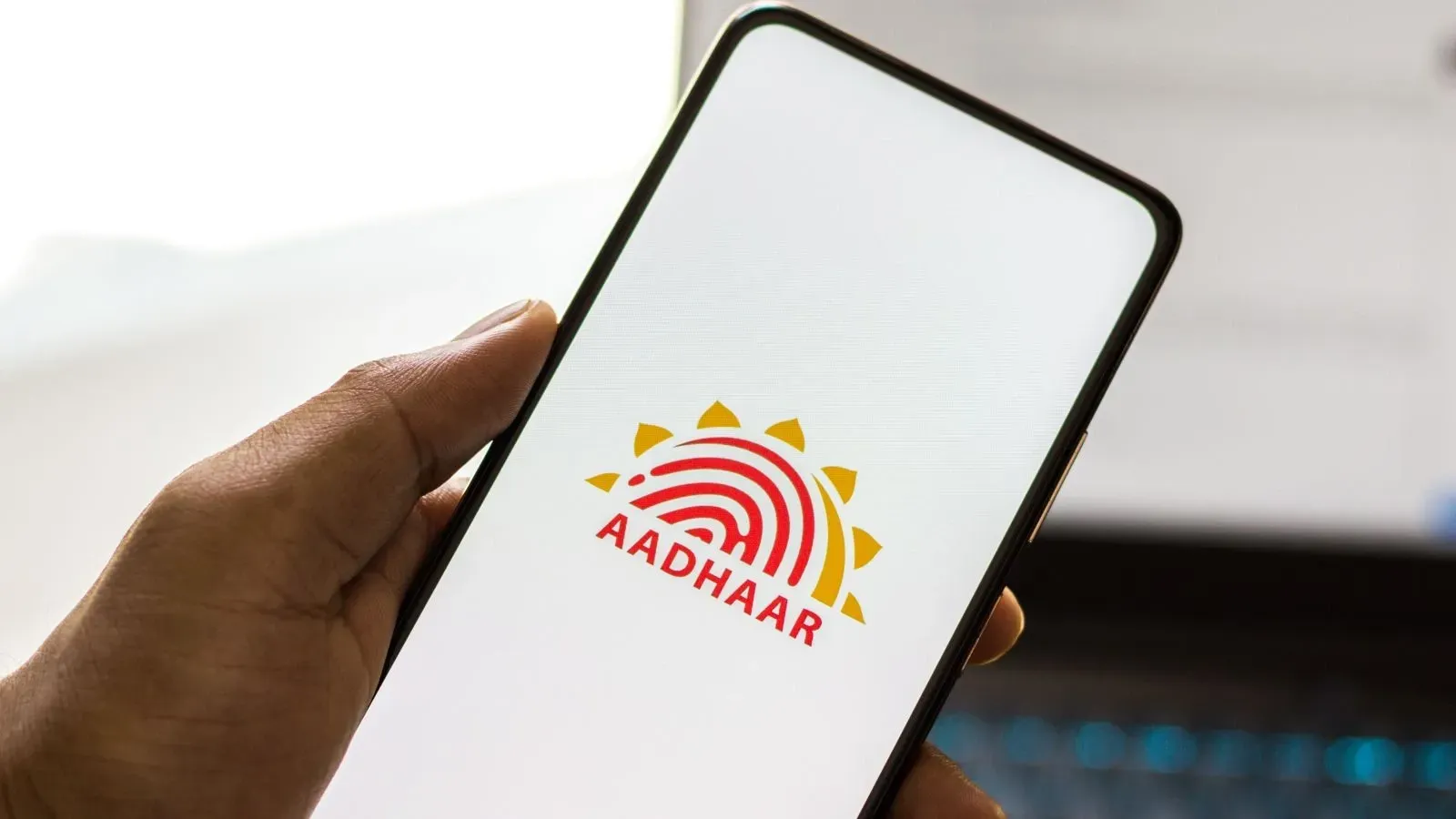Personal Finance News
From hotel check-ins to concerts: How Aadhaar offline verification can save you from financial fraud

4 min read | Updated on November 21, 2025, 17:50 IST
SUMMARY
With offline verification, you share only limited information, which makes impersonation difficult. Offline Aadhaar verification protects you from financial fraud by ensuring you don’t have to hand over your full Aadhaar number or photocopy to any agency.

Sharing a physical copy of Aadhaar, or a photocopy, may lead to its misuse by scammers.
Ahead of the formal launch of the new Aadhaar app, the Unique Identification Authority of India (UIDAI) recently conducted a webinar on ‘Offline Verification using the Aadhaar App’ with over 250 participants (entities and individuals) and gave a detailed overview of the advantages offered by offline verification.
During the webinar, CEO of UIDAI Bhuvnesh Kumar highlighted the benefits and features of offline Aadhaar verification through the new Aadhaar app, emphasising that offline verification would offer users and entities a secure, convenient and privacy-protecting method for identity verification.
This is aimed at discouraging the sharing and reliance on physical/ photocopies of Aadhaar, which exposes individuals to potential fraud.
What is offline verification?
Paperless, offline Aadhaar verification is a method through which your identity is validated without accessing the UIDAI database in real time and without giving your Aadhaar number or full details to someone.
This means, instead of showing or giving your physical Aadhaar card (or photocopy) to someone, you share a digitally-signed file or a QR code that contains only limited information. The file is signed by UIDAI, so users can confirm that it's authentic, but cannot use it to access their Aadhaar.
- Aadhaar Offline e-KYC XML
- Secure QR Code on Aadhaar
How to share Aadhaar Paperless Offline e-KYC Data
- Download Aadhaar Paperless Offline e-KYC from the portal: https://resident.uidai.gov.in/. It is also available on the new Aadhaar app.
- The XML has data including Resident Name and Download Reference Number, and optional fields include address, photo, gender, date of birth, mobile number and email.
- Provide the Aadhaar Paperless Offline e-KYC data to a verifying agency by sharing XML/PDF/QR code.
How does this benefit users?
Sharing a physical copy of Aadhaar, or a photocopy, may lead to its misuse by scammers. Through offline verification, everyday scenarios, where you need to show your Aadhaar, would become more secure. Instead of sharing your Aadhaar card at hotels, events like Coldplay or residential society entry, you can share the XML/QR code.
How can Aadhaar offline verification save you from financial fraud?
When you give your physical Aadhaar card or a photocopy to someone, you give them your sensitive details, like full Aadhaar number, Date of Birth, address and photograph.
Scammers and fraudsters can misuse this information to:
Scammers can try to get instant loans or buy-now-pay-later (BNPL) credit through your information.
Importantly, with offline verification, you share only limited information, which makes impersonation difficult. Offline Aadhaar verification protects you from financial fraud by ensuring you don’t have to hand over your full Aadhaar number or photocopy to any agency, and prevents you from revealing sensitive information.
Instead, you share a secure file or QR code, signed by the UIDAI, which is adequate for authentication and cannot be misused to impersonate you and to open bank accounts or take loans in your name.
The government is promoting the use of offline verification, discouraging people from giving their full Aadhaar details to agencies and exposing themselves to fraud.
Related News
By signing up you agree to Upstox’s Terms & Conditions
About The Author
Next Story



